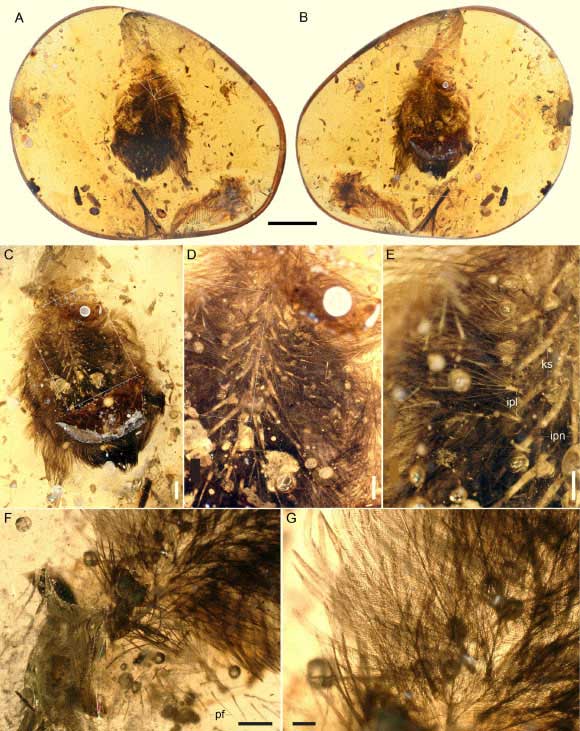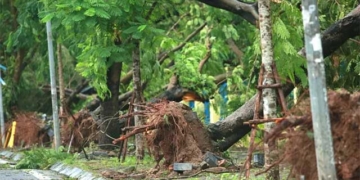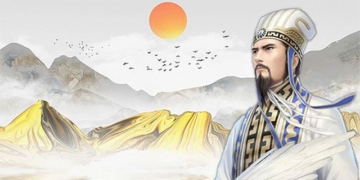A stunning piece of amber discovered in Myanmar has provided the first clue about the existence of a bird-like creature that lived and died alongside dinosaurs.
According to Sci-News, this amber from Myanmar is the clearest fossil evidence in the world of molting in Mesozoic juvenile birds. It also reveals a juvenile bird with a life “unlike any bird living today.”

A precious piece of amber preserving the extremely intricate feather of a strange extinct creature – (Photo: CRETACEOUS RESEARCH)
The Mesozoic Era is known as the “Age of Monsters” on Earth, comprising three periods: Triassic, Jurassic, and Cretaceous, witnessing the rise and fall of dinosaurs. A modern group of organisms—birds—also underwent remarkable evolutionary developments during this time.
Published in Cretaceous Research, a team of scientists led by Dr. Jingmai O’Connor from the Field Museum of Natural History (USA) stated that the ancient bird revealed by the remains belongs to a group called Enantiornithes, which went extinct along with dinosaurs in the catastrophic event of the Chicxulub asteroid impact 66 million years ago.
However, they provide an excellent link for understanding how early bird species evolved, as Enantiornithes were the most diverse group of birds during the Cretaceous period, related to the ancestors of modern birds.
The bird that possessed this fossilized feather is a previously unknown species, belonging to later Enantiornithes, when birds were beginning to transition from primitive to a more modern version, resembling those we see today.
Compared to birds today, this juvenile bird had an “adult” plumage far too early, which would have led to a challenging “childhood”, as juvenile Enantiornithes were not protected by their parents for as long as modern chicks.
Molting is a risky process for juvenile birds, as it requires a lot of energy, making it difficult for the bird to maintain its body heat. Early birds often molted slowly due to a relatively “lonely” childhood, unlike modern birds that are mostly warmed by their parents, allowing them to molt earlier.
This new bird species appears to be a transitional organism: it molted very early but still had to “become independent” early as well.
This finding inadvertently explains the long-standing mystery of the extinction of all Enantiornithes when the Chicxulub asteroid struck, making the environment inhospitable for a long time. The environmental temperature during that period is believed to have dropped sharply due to volcanic ash covering the sky for centuries, blocking sunlight.
This is also why creatures that were cold-blooded, poorly adapted, or simply too large to find food, like dinosaurs, went extinct during this catastrophe; whereas the mammal ancestors of these creatures survived, forming the foundation for a new and rich class of animals.


















































